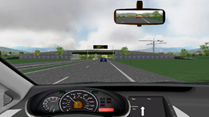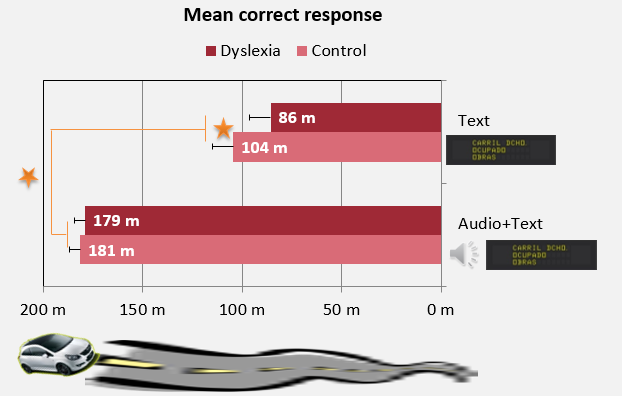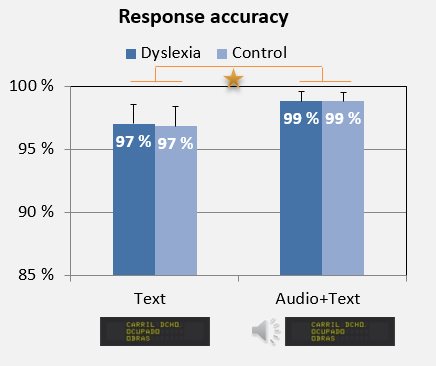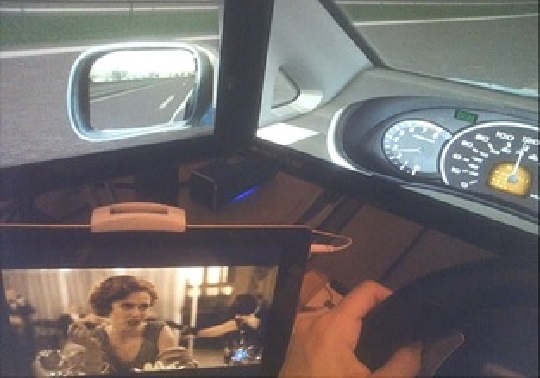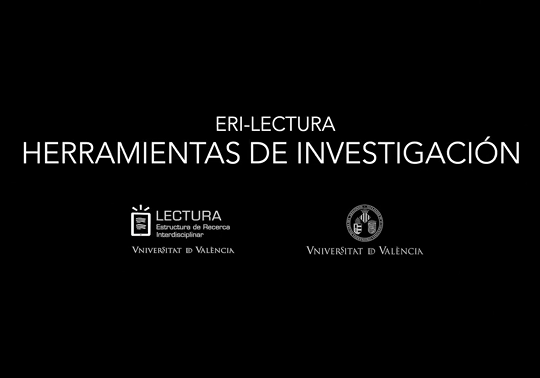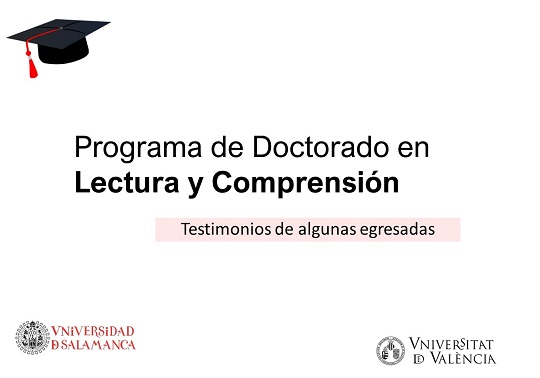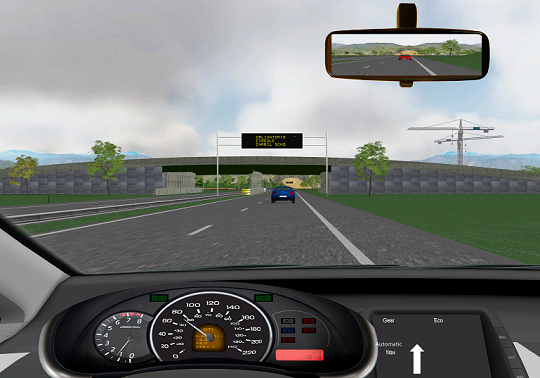
3 june 2020
Some studies show that adults with dyslexia may read more slowly and make more errors in reading than normally-reading people, especially in high-demanding situations. For instance, they may show worse performance in tasks involving attention, such as reading traffic signs while driving.
Particularly, drivers with dyslexia are at a disadvantage in the processing of the information provided by variable message signs (VMS), which inform road users of special circumstances (congestion, traffic diversion, unexpected events…). This disadvantage may lead to wrong or delayed decisions on the road, and so, it is necessary to make the acquisition of traffic sign information easier for drivers with dyslexia. Indeed, any driver (with or without dyslexia) could benefit from it, for example, when they drive in non-optimal driving circumstances (foggy, night driving, dense traffic flow, etc.).
Technological advancements are making possible that in-vehicle systems (for example, a mobile phone or a GPS navigator) provide the driver verbal information via the auditory modality. To date, however, it has not been studied if such approach would be helpful for drivers with dyslexia in the acquisition of traffic sign information. Therefore, the main objective of this study was to assess if listening audio versions of the VMS would be helpful for these drivers.
Study performed in a driving simulator
A group of 20 adults with dyslexia (dyslexia group) and another of 20 normally-reading adults (control group) completed a motorway route on a Carnetsoft driving simulator (Figure 1).
|
|
Figure 1: The simulated scenery including an example of a VMS.
|
Participants had to maintain a constant distance to a preceding car along the whole route (car-following task) and attend to the VMS they encountered (VMS task), so as to indicate as quickly as possible if the message presented was a “keep-lane message” (i.e., a message informing on circumstances that would not require a lane change) or a “change-lane message” (i.e., a message informing on circumstances that would require a lane change).
Participants performed the route twice: in one of them, the audio version of the VMS was not available (visual condition), while in the other case, drivers listened to an additional audio version of the VMS (audio + visual condition) a few moments before the message was legible in the VMS.
Benefits of auditory messages
Results of the study point out that, in the visual condition, the dyslexia group correctly classified the messages at a shorter distance to the VMS (i.e., later) than the control group, whereas there were no differences between the two groups in the audio + visual condition (Figure 2, left). In addition, in both groups, there was a general advantage in the percentage of correct responses for the audio + visual condition over the visual condition (Figure 2, right).
|
|
|
Figure 2: Average correct response distances and accuracy (percentage of correct responses) depending on the type of message (visual vs. audio + visual) and the group (dyslexia vs. control). Results show how audio messages could benefit all drivers, also cancelling differences between drivers with and without dyslexia.
|
On the other hand, in the two groups, the car-following task was also better performed in the audio + visual condition, as in this condition the mean distance to the preceding car was better adapted to the required distance than in the visual condition.
Conclusions
According to our results, the complementary audio versions of the VMS contents can help any driver, with or without dyslexia, to process relevant-to-drive verbal information.
Auditory messages (a) allow to present the information of the VMS at a longer distance, (b) would help all drivers to respond with better accuracy to the message, (c) would make easier to maintain a better control of the security distance to the preceding car, and maybe the most important, (d) they would cancel the differences between people with and without dyslexia in the response distance.
But, can we put the results of this study into practice? With this purpose, we have developed READit VMS, an app for mobile phones that reads aloud the VMS content when the driver approaches them.
You can download the paper about the study here: rdcu.be/b4wtI
Associated publication: Tejero, P. Pi-Ruano, M., & Roca, J. (in press). Better read it to me: Benefits of audio versions of variable message signs in drivers with dyslexia. Annals of Dyslexia.
With the partial funding of the Directorate-General for Traffic
(project SPIP2017-02132)








